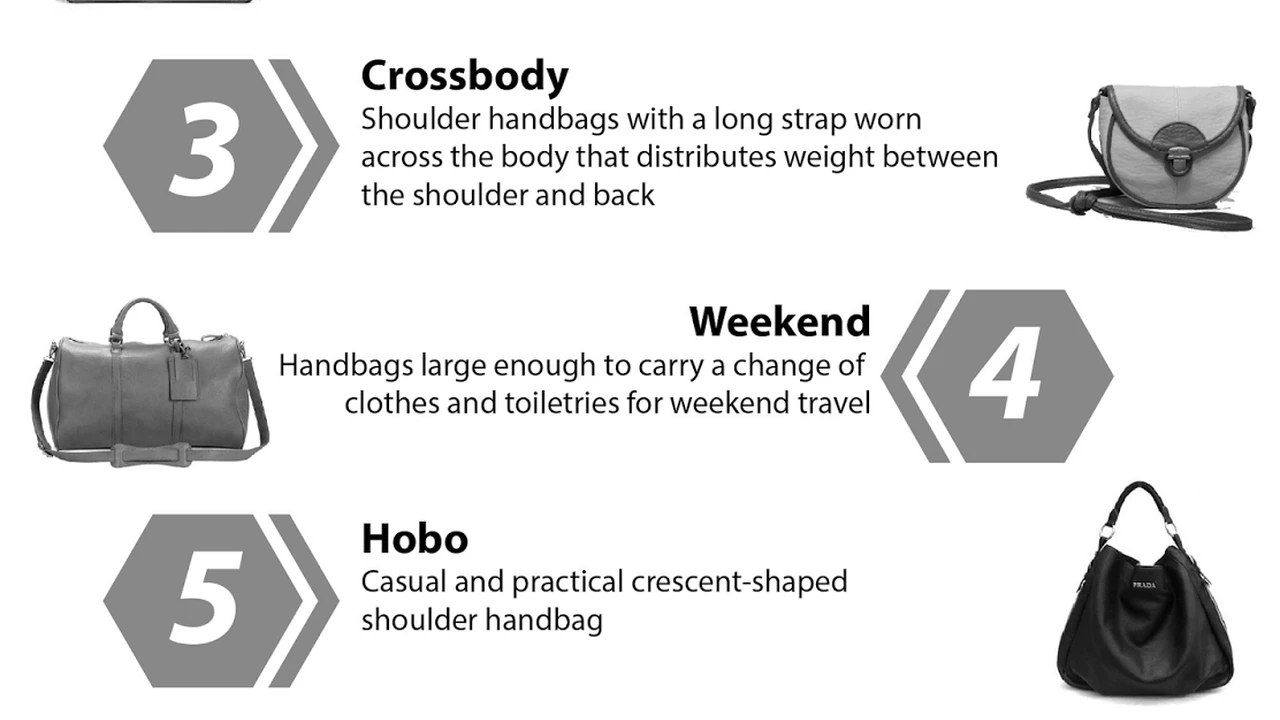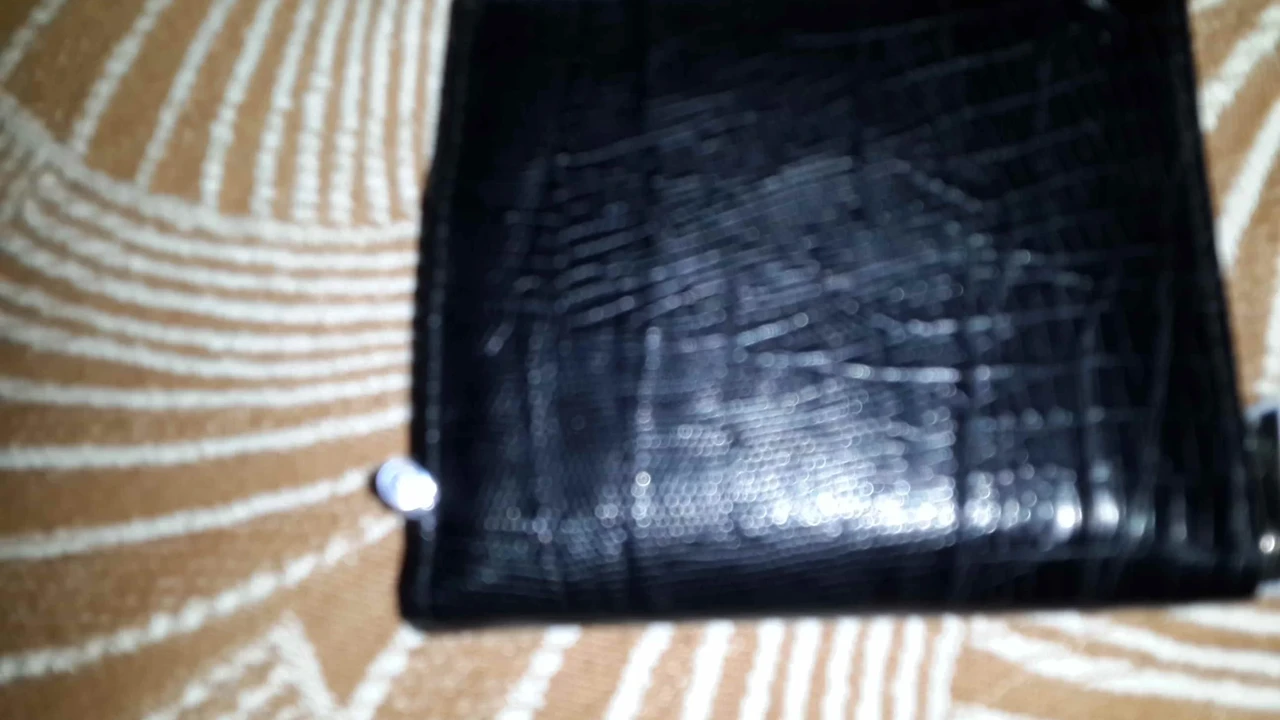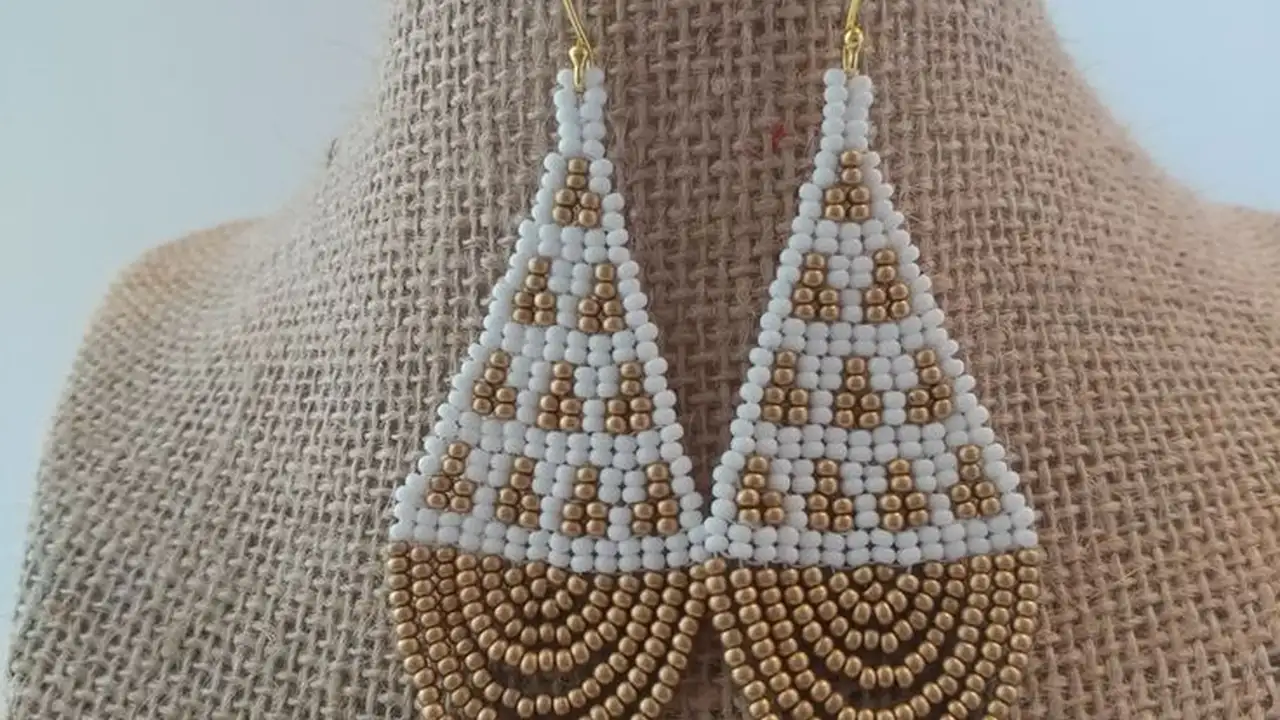How to Spot a Fake Designer Handbag in Southeast Asia
A guide to identifying fake designer handbags in Southeast Asian markets. Protect yourself from scams and counterfeit goods.

Understanding the Counterfeit Handbag Market in Southeast Asia
Southeast Asia is a hub for counterfeit goods, and designer handbags are no exception. From bustling markets in Bangkok to street vendors in Ho Chi Minh City, you'll find a plethora of bags claiming to be the real deal. But how do you distinguish between an authentic luxury item and a clever imitation? It's crucial to be vigilant and informed to avoid being scammed. This article will equip you with the knowledge you need to navigate the market and identify those telltale signs of a fake.
Key Indicators of a Fake Designer Handbag
Several factors can help you spot a counterfeit handbag. Let's delve into the most important aspects to scrutinize:
Stitching and Construction Quality
Authentic designer handbags boast impeccable craftsmanship. Look closely at the stitching. Is it even, straight, and consistent? Are there any loose threads or uneven seams? High-end brands pay meticulous attention to detail, and sloppy stitching is a major red flag. Fake bags often cut corners in this area, resulting in visible imperfections.
Hardware and Embellishments
The hardware, including zippers, clasps, and buckles, should be sturdy, well-finished, and made from high-quality materials. Check for the brand's logo or name engraved on the hardware. Fake bags often use cheap, lightweight metal that feels flimsy and easily tarnishes. The engraving might be poorly executed or missing altogether. The weight and feel of the hardware is important.
Materials and Leather Quality
Authentic designer handbags are crafted from premium materials, such as genuine leather, exotic skins, or high-quality canvas. Examine the texture, smell, and feel of the material. Real leather should feel supple and have a distinctive aroma. Fake bags often use synthetic materials or inferior leather that feels stiff and has a chemical odor. Pay close attention to the grain and any imperfections, which are more common (and acceptable) in genuine leather.
Lining and Interior Details
The interior of a designer handbag is just as important as the exterior. Check the lining material, stitching, and overall finish. The lining should be clean, smooth, and free of any loose threads or imperfections. Look for the brand's logo or name printed or woven into the lining. Fake bags often have cheap, poorly made linings with visible flaws.
Logos and Branding
Carefully examine the brand's logo, name, and any other branding elements. Compare them to images of authentic bags on the brand's official website or reputable retailers. Look for inconsistencies in font, size, spacing, or placement. Counterfeiters often make subtle mistakes that are noticeable upon close inspection.
Price and Seller Reputation
If the price seems too good to be true, it probably is. Designer handbags are expensive for a reason. They are made with high-quality materials and expert craftsmanship. Be wary of sellers offering deep discounts or suspiciously low prices. Check the seller's reputation and read reviews from other buyers before making a purchase. Buy from authorized retailers or reputable consignment shops to ensure authenticity.
Dust Bag and Packaging
Authentic designer handbags usually come with a dust bag to protect them from dust and scratches. The dust bag should be made from high-quality material and feature the brand's logo. The packaging, including boxes, tags, and authenticity cards, should also be of excellent quality. Fake bags often come with cheap, generic dust bags or missing packaging altogether.
Specific Examples and Product Comparisons
Let's look at some specific examples to illustrate the differences between authentic and fake designer handbags:
Chanel Classic Flap Bag: Real vs. Fake
The Chanel Classic Flap Bag is one of the most iconic and frequently counterfeited handbags in the world. Here's what to look for:
- Leather: Authentic Chanel bags use lambskin or caviar leather. Fake bags often use synthetic leather that feels stiff and has a plastic-like sheen.
- Stitching: The diamond quilting on an authentic Chanel bag should be perfectly aligned. The stitching should be even and precise.
- Hardware: The CC clasp should be heavy and well-finished. The interlocking Cs should overlap correctly, with the right C overlapping at the top on the right side.
- Serial Number: Chanel bags have a serial number sticker inside. Check the font, placement, and authenticity of the serial number.
A real Chanel Classic Flap Bag retails for around $8,800 USD. If you see one being sold for significantly less, it's likely a fake.
Louis Vuitton Neverfull: Real vs. Fake
The Louis Vuitton Neverfull is another popular target for counterfeiters. Here's what to look for:
- Canvas: Authentic Louis Vuitton uses coated canvas with a distinctive texture. Fake bags often use cheaper canvas that feels rough and has a blurry print.
- Stitching: The stitching on an authentic Neverfull should be even and consistent. The handles should be securely attached.
- Hardware: The hardware should be made from high-quality brass. The zippers should be smooth and easy to use.
- Date Code: Louis Vuitton bags have a date code inside. Check the font, placement, and authenticity of the date code.
A real Louis Vuitton Neverfull retails for around $2,030 USD. Be cautious of significantly lower prices.
Where to Shop Safely in Southeast Asia
To minimize the risk of buying a fake designer handbag, shop at authorized retailers, reputable department stores, or consignment shops with a proven track record of selling authentic items. Some trustworthy options in Southeast Asia include:
- Official Brand Boutiques: Chanel, Louis Vuitton, Gucci, and other luxury brands have boutiques in major cities like Singapore, Bangkok, and Kuala Lumpur.
- Department Stores: High-end department stores like Takashimaya (Singapore), Central Department Store (Thailand), and Isetan (Malaysia) carry a selection of authentic designer handbags.
- Luxury Consignment Shops: Stores like The Fifth Collection (Singapore) specialize in selling pre-owned luxury items that have been authenticated.
What to Do If You Suspect You've Bought a Fake
If you suspect you've purchased a counterfeit designer handbag, take the following steps:
- Contact the Seller: Contact the seller and request a refund. Explain why you believe the bag is fake and provide supporting evidence.
- Report to the Platform: If you bought the bag online, report the seller to the platform (e.g., Lazada, Shopee). They may have policies in place to protect buyers from counterfeit goods.
- Contact Your Bank or Credit Card Company: If you paid with a credit card, contact your bank or credit card company and dispute the charge.
- Report to Authorities: You can report the sale of counterfeit goods to the local authorities.
Protecting Yourself from Counterfeit Scams
By being informed and vigilant, you can protect yourself from counterfeit scams and ensure that you're buying authentic designer handbags. Remember to do your research, inspect the bag carefully, and buy from reputable sources. Happy shopping!
:max_bytes(150000):strip_icc()/277019-baked-pork-chops-with-cream-of-mushroom-soup-DDMFS-beauty-4x3-BG-7505-5762b731cf30447d9cbbbbbf387beafa.jpg)






